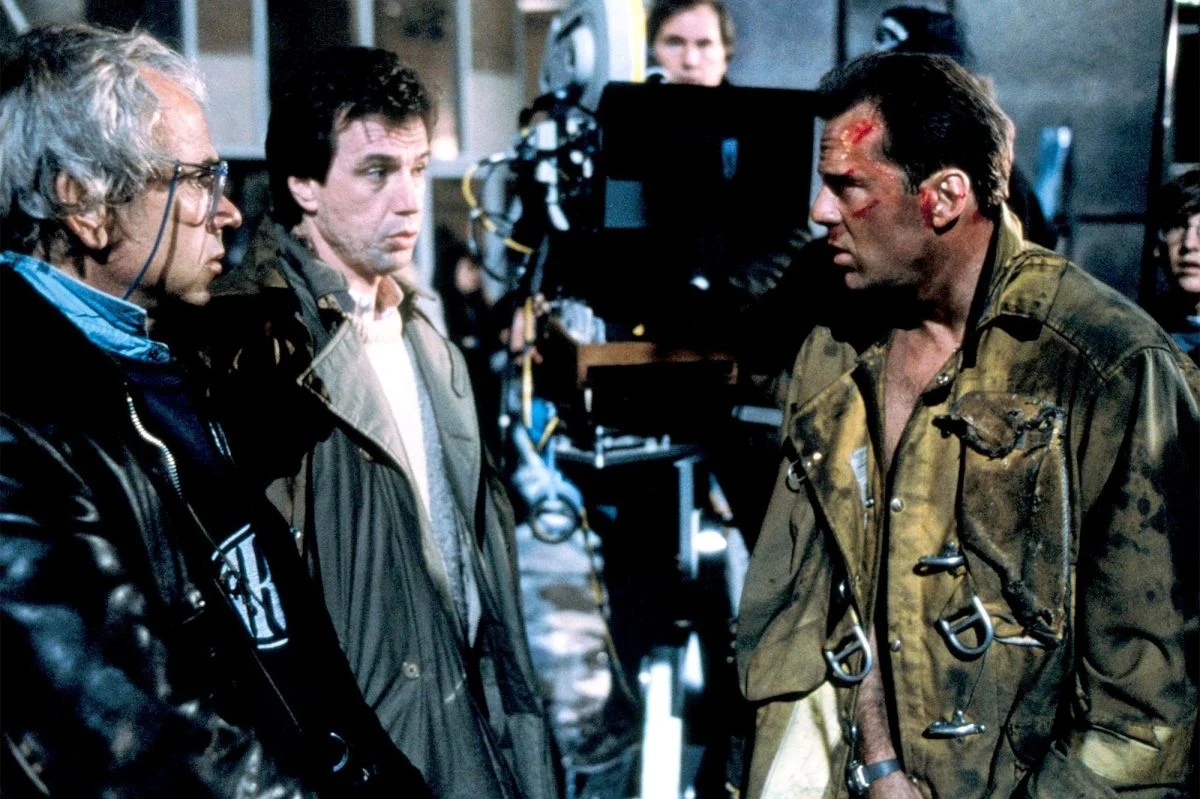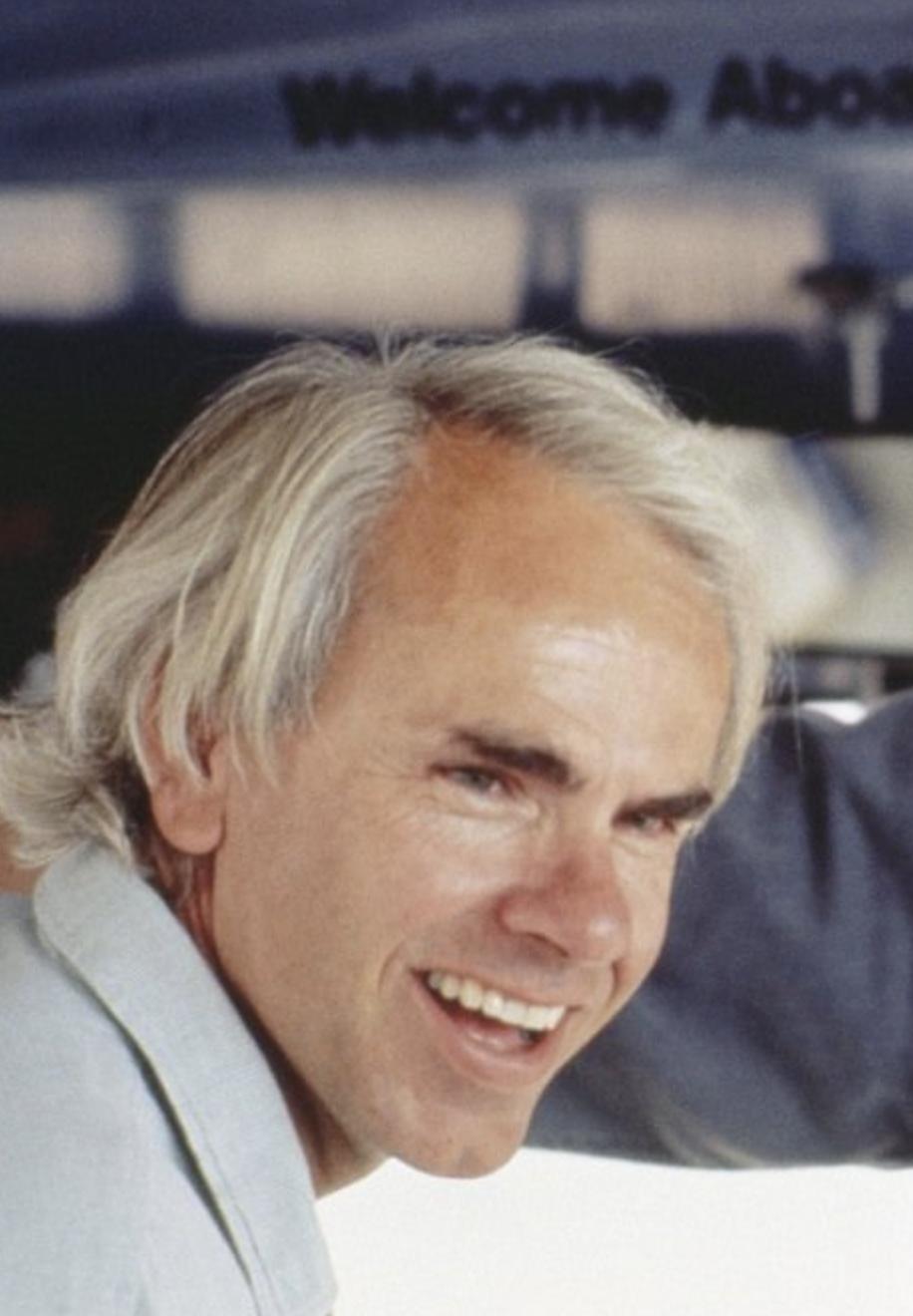Cinematographer Jan de Bont Levels Up
When last we left our ongoing saga of Speed, the brass at 20th Century Fox had found themselves in a bind in the early casting search. Meanwhile, however, they’ve been looking at directors. Who has the chops to take on this unusual production? More to the point, who would be willing to?
“We’re making a $15 million action movie,” former Fox exec Jorge Saralegui recalls. “All we want is a serviceable action director. We talked to various people.”
Adds producer Mark Gordon: “Let me tell you, I couldn’t give this thing away. No director who you would put at the top of any of your lists was interested in doing this movie at all.”
Along the way, Gordon would even meet with a young Michael Bay about the project, before the skyrocketing commercial and music video director had broken into movies. (He would do so the following year with the Will Smith/Martin Lawrence action comedy Bad Boys.)

A lot of mythology that has been built up around this aspect of the movie over the years, with everyone one from John McTiernan to Walter Hill to even Quentin Tarantino rumored to have been in the mix. None of that is true, and only one name director, in fact, was ever actually approached by the studio. (You’ll have to listen to find out who that was!)
Beyond that, their eyes are trained on good studio hands that they knew could deliver a solid piece of entertainment. There again, only one director would be seriously considered from that fray as well. It would eventually boil down to a choice: a safe bet on a base hit or a roll of the dice for a home run.
Enter Jan de Bont, the acclaimed cinematographer of films like McTiernan’s Die Hard, Ridley Scott’s Black Rain, Paul Verhoeven’s Basic Instinct and Richard Donner’s Lethal Weapon 3. At this point, he’s been eyeing the director’s chair for some time and already developed a few projects elsewhere that hadn’t panned out. The script for Speed is exactly the kind of material he’s interested in, an opportunity to capture the kind of action he admired out of filmmakers like John Frankenheimer, whose 1964 film The Train served as a guiding light.
“[Frankenheimer] did something that I love to do, which is actors doing their own stunts,” de Bont says. “He very rarely used doubles. The moments you can get by seeing this actor do that completely enriches [the] scene in such a tremendous way that no stunt double could ever compete with that.”

De Bont brings to the table a real vision that is sort of an extension of his early days in Europe with Verhoeven and his film school colleagues. These were budding filmmakers coming up in the wake of the French New Wave movement who were excited by the prospect of capturing a certain level of reality on screen — emotional reality, circumstantial reality, the gripping nature of the day-to-day. Apply that to the realm of genre and you start to see the promise of a new kind of popular filmed entertainment.
“Jan comes into the meeting incredibly prepared,” former Fox production president Tom Jacobson says. “And in the meeting, ‘Here’s the vibe of this movie. Here’s what it should feel like. Here’s what it should look like. And you’ve got one problem with the script.’ And we went, ‘Oh yeah?’ I mean, he’s a cameraman. He said, ‘You know, the movie goes like this and it goes like this, and you’re missing, like, an end-of-the-second-act crescendo.”
You can probably guess what that was…
All of those stories and tons more in this week’s episode of 50 MPH!
